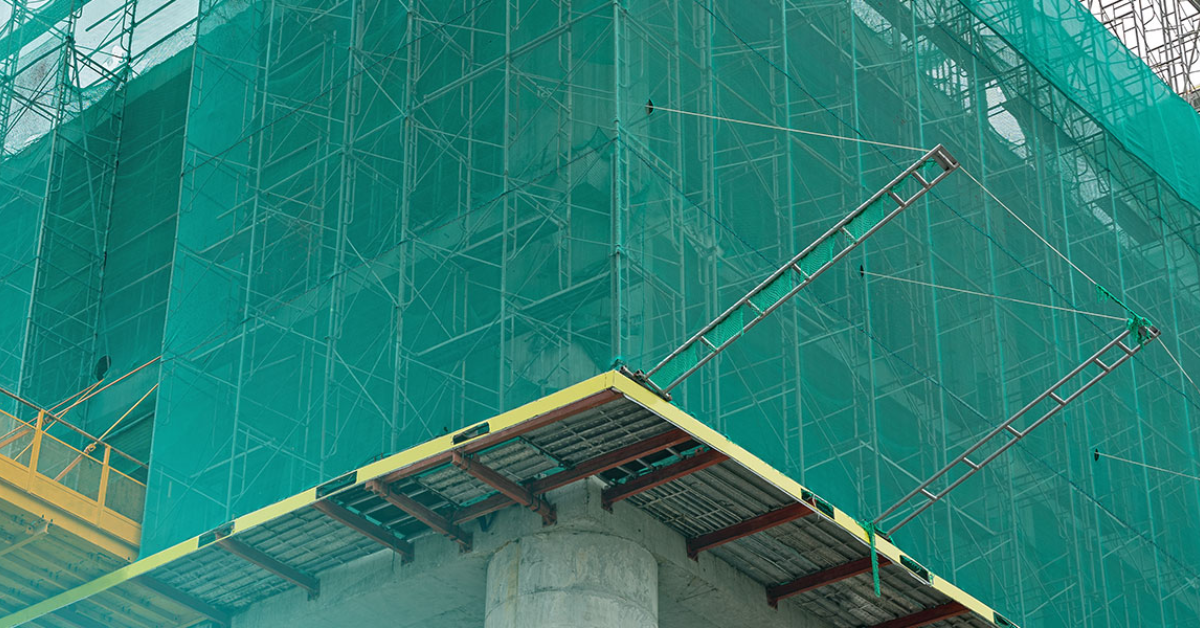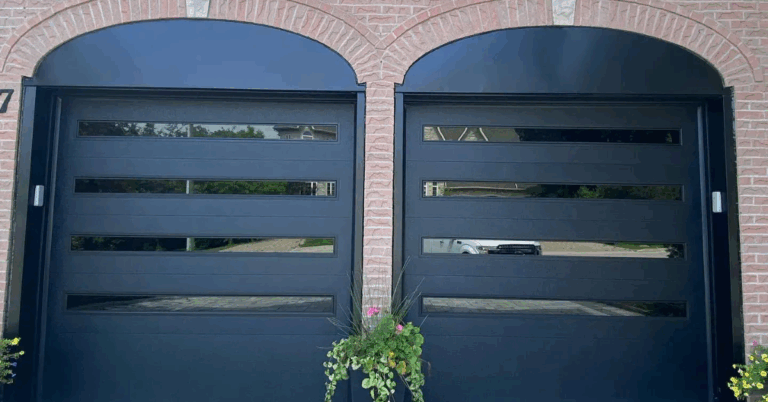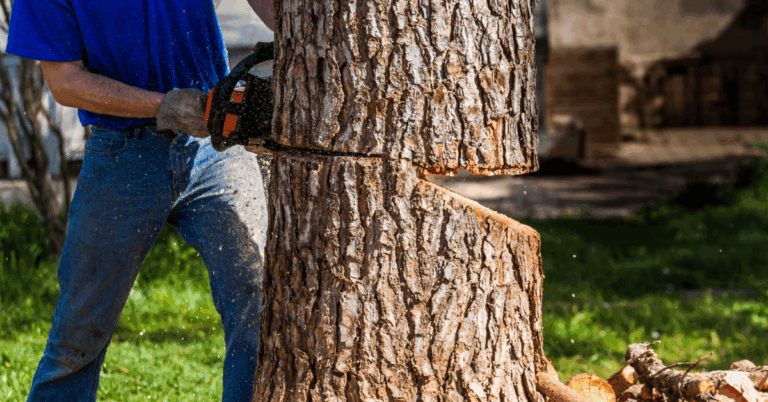Construction Safety Netting in Singapore: Essential Protection for Safer Building Projects
In Singapore’s rapidly evolving skyline, construction safety is not just a regulatory requirement — it’s a commitment to preserving lives and ensuring responsible urban development. One of the most important tools in any site’s safety arsenal is Construction Safety Netting.
Designed to prevent accidents, protect workers, and contain falling debris, safety netting has become a standard across Singapore’s construction industry. Whether used on high-rise projects or smaller scaffolding works, these nets play a crucial role in keeping both workers and the public safe.
In this guide, we’ll explore what construction safety netting is, the different types available, how it’s used in Singapore, and what to look for when choosing a supplier.
What is Construction Safety Netting?
Construction safety netting is a mesh-based system installed around or below working areas on construction sites. It is primarily used to:
-
Prevent injuries from falls
-
Catch falling tools or debris
-
Shield the surrounding area from hazards
-
Enhance site visibility and boundary control
Most construction netting is made from high-tensile polypropylene or polyethylene, offering both strength and flexibility. It’s lightweight, easy to install, and can be customized in size, color, and mesh density.
Why Construction Safety Netting is Essential in Singapore
1. Urban Density & Public Safety
Singapore’s high-density urban environment means that construction projects are often located near public roads, schools, malls, and offices. Netting protects pedestrians, neighboring properties, and vehicles from falling debris.
2. Legal Compliance
The Workplace Safety and Health (WSH) Act mandates fall prevention and protective measures on all construction sites. Construction netting is one of the most effective and compliant solutions available.
3. Weather Considerations
In Singapore’s tropical climate, wind and rain can increase the risk of items being blown off buildings. Safety netting acts as a shield against these natural elements, reducing risks on-site.
Types of Construction Safety Netting
● Personnel Fall Arrest Netting
Installed below elevated workspaces, this type of netting is designed to catch workers in the event of a fall. It must meet high impact-resistance standards and be installed with sufficient clearance beneath to reduce injury.
● Debris Containment Netting
Used around scaffolding and building exteriors, debris netting catches tools, bricks, or building materials before they hit the ground. It is often used in combination with vertical netting systems.
● Edge Protection Netting
This is mounted at the edge of buildings, platforms, or rooftops to prevent materials or workers from falling off open sides.
● Scaffolding Safety Netting
A lightweight mesh typically used around scaffolding systems to create a visible barrier and contain falling objects.
Key Features of Quality Construction Netting
When selecting netting for construction, ensure the material offers:
✅ High Tensile Strength
The net must withstand falls from significant heights and absorb heavy impacts.
✅ UV Resistance
To withstand Singapore’s strong sun exposure, nets must be UV-stabilized to prevent degradation.
✅ Fire Retardant Properties
For added safety, especially in industrial and electrical environments.
✅ Knotless or Knotted Options
Knotless nets offer even impact distribution and are less prone to fraying, while knotted nets may be more economical.
✅ Customizable Mesh Sizes
Choose tighter mesh for small debris containment or wider mesh for personnel fall arrest.
Common Uses of Safety Netting in Construction
● High-Rise Developments
Netting is essential for fall protection and debris control in tall building projects, which are common in Singapore’s urban core.
● Scaffolding and Exterior Works
Vertical netting systems create a secure working environment around scaffold towers, facades, and building exteriors.
● Roofing and Edge Work
Edge nets prevent workers and materials from slipping or falling off rooftops and open ledges.
● Renovation and Demolition Sites
Safety netting can contain debris, dust, and rubble, ensuring minimal disruption to surrounding properties and the environment.
Installation Considerations
Professional installation is crucial to the effectiveness of any netting system. Here’s what to consider:
1. Anchorage Points
Properly secured anchor points on scaffolds, steel frames, or building columns are essential for net stability.
2. Overlap and Coverage
Ensure the netting overlaps at joints and covers all fall zones. Gaps or misaligned nets can compromise safety.
3. Clearance Distance
Fall arrest nets require adequate free-fall space beneath the net to function correctly.
4. Wind Load Assessment
Nets must be tensioned and designed to handle strong wind loads without tearing or detaching.
Maintenance and Inspection of Construction Safety Nets
Safety netting should not be a “set-and-forget” item. Regular inspections and maintenance are critical:
-
Daily visual checks for tears, fraying, or loose connections
-
Post-impact inspections after any object or person has fallen into the net
-
Routine tension checks to ensure nets remain secure and tight
-
Scheduled cleaning to remove accumulated debris or contaminants
-
Replacement of nets exposed to prolonged sun or heavy wear
Benefits of Using Construction Safety Netting
🛠️ Enhanced Worker Safety
Protects workers from falls and creates a secure working environment.
🧱 Debris Management
Prevents tools, rubble, and materials from falling, reducing injury risk and property damage.
👷 Regulatory Compliance
Helps meet MOM and WSH compliance requirements.
🏗️ Project Continuity
Fewer accidents and incidents mean fewer delays and lower liability.
🌱 Public Safety and Reputation
Protects the surrounding community and enhances the image of your construction brand.
Frequently Asked Questions (FAQ)
Q1: Is construction safety netting required by law in Singapore?
A: While the law does not always mandate netting specifically, WSH regulations require effective fall and debris protection. Construction safety netting is one of the most widely accepted solutions to meet these standards.
Q2: How is netting different from other fall protection systems?
A: Unlike harnesses or guardrails, netting offers passive protection that doesn’t restrict movement and works continuously without active engagement from workers.
Q3: How often should netting be replaced?
A: Netting should be replaced immediately after serious impact, visible damage, or UV degradation. Under normal use, most quality nets last 6–12 months, but inspections should be carried out weekly.
Q4: Can construction netting be reused?
A: Yes, if it has not sustained impact or visible damage. Always inspect thoroughly before reusing.
Q5: How do I choose the right net for my project?
A: Consider your risk area (height, tools, people), installation method, and whether you need debris, edge, or personnel protection. Reputable suppliers can advise and customize nets based on your site’s specific needs.
Construction Safety Netting vs. Other Safety Systems
| Feature | Construction Netting | Guardrails | Harness Systems |
|---|---|---|---|
| Passive Protection | ✅ Yes | ✅ Yes | ❌ No (requires use) |
| Movement Restriction | ❌ No | ✅ Yes | ✅ Yes |
| Debris Containment | ✅ Yes | ❌ No | ❌ No |
| Continuous Operation | ✅ Yes | ✅ Yes | ❌ No |
| Installation Complexity | Moderate | High | Low to Moderate |
Conclusion
Construction safety netting is not just a recommended precaution — it’s an essential part of any well-managed construction site in Singapore. As building heights rise and urban density increases, the responsibility to protect workers, pedestrians, and surrounding properties becomes more critical than ever.
At MyCanvas Connection, we support construction professionals by supplying durable, certified, and custom-fit safety netting solutions for every type of project — from residential renovations to large-scale commercial developments.
By investing in the right safety netting system, you’re not just protecting a site. You’re building trust, compliance, and a culture of safety that safeguards lives — one net at a time.







